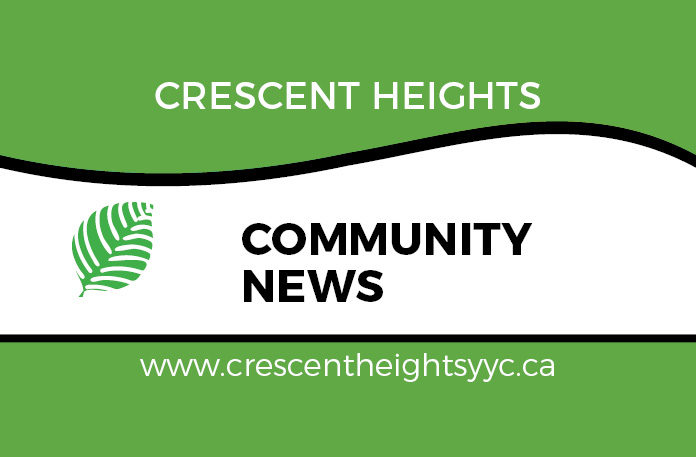by Stephanie Ho Lem, CHCA Director of Living Green
We are so fortunate to be located close to the National Parks where an abundance of forests is at our doorstep. Like a lot of us, we take the trees around us for granted. With the effects of climate change the last few years, we’ve become more aware of our forests, especially when our renowned town of Jasper goes up in flames. How much do we know about forests.
Recently I came across a book written by UBC professor of Ecology, Suzanne Simard entitled Finding the Mother Tree: Discovering the Wisdom of the Forest. The way Simard describes forests provided me with another insight.
When Simard was a young government tree scientist, she went out into the forest to find out why some firs in the tree plantations were not doing as well as the healthy, young fir trees in the natural forest. BC loggers plant firs for logging over other trees such as birches and broad leaf trees.
What Simard discovered was that in a natural forest, the birch trees shade the Douglas fir seedlings, providing more carbon in the form of photosynthetic sugars through the mycorrhizal network below ground. Trees communicate underground through an immense web of fungi otherwise known as Mycorrhizal fungi. It grows inside the plant’s roots, or on the surfaces of the roots where they have a mutually beneficial relationship. The fungus facilitates water and nutrient uptake in the plant, and the plant provides food and nutrients created by photosynthesis to the fungus.
In the spring and fall, when the birches do not have leaves, the fir trees send food back to the birches through the mycorrhizal networks. The trees are helping one another to create a healthy community. It’s a synergistic system where species collaborate. Simard describes that trees are not simply the source of timber or pulp, but are a complicated, interdependent circle of life; that forests are social, cooperative creatures connected through underground networks by which trees communicate their vitality and vulnerabilities with communal lives not that different from our own. It’s an important concept that we all need to learn about and embrace. Not all scientists are following this.
The forests are facing climate change and overharvesting. Simard’s latest research effort is called the “Mother Tree Project.” Mother trees are the biggest, oldest trees in the forest and through their photosynthetic capacity, they provide food. They keep carbon in the soil, keep the water flowing, and help the forest recover from disturbances.
We need to ensure mother trees are there to help the next generation.
Please note that the content provided is for informational purposes.
Sources: TedTalks, Finding the Mother Trees: book review, ‘Mother Trees” are Intelligent.
Click here to the Crescent Heights Community News home page for the latest Crescent Heights community updates.










